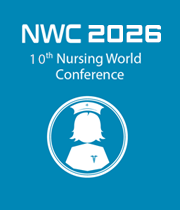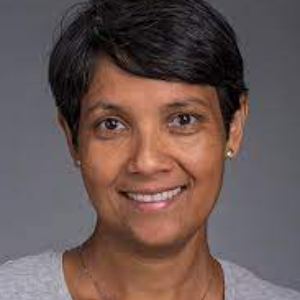Title : Promoting global health through a faculty led health caretrip to Oaxaca, Mexico
Abstract:
Participation through global health volunteerism provides a better understanding of the myriad of global health care issues that affect populations, expand boundaries and transform global health care issues in the classroom and beyond. This global project was done largely through the faculty interest of global collaboration but was accelerated due to the overwhelming interests of a few junior nursing students.
This global project describes a nurse faculty-led health care mission to Oaxaca, Mexico January 2017 to provide health care services to the people in Oaxaca. Oaxaca is located in the Sierra Madre Mountains and coastal region has 16 major tribes of indigenous people with approximately 155 dialects. Life in rural Oaxaca is dominated by poverty, idolatry, witchcraft and unmet health care needs
On January 4-13, 2017, a group of 10 nursing students from California State University, Chico led by a nursing professor (FMB) to the Corban Medical Clinic at the Roca Blanca in Cacalote, Oaxaca, Mexico. The team not only provided health services in the medical Clinic but also in 3 villages. The clinic mostly serves mainstream Mexicans whereas population in the villages are indigenous Mexicans. This global project provided students with three opportunities: (1) participation in treating clients in the medical clinic and three villages, (2) providing community education, and, (3) donating medicines and medical supplies for the clients.
At the Corban medical clinic in the village of Cacalote, the team of 11 people worked with the resident registered nurse (US trained), a medical doctor (Mexican trained), a nurse assistant and a pharmacy technician. The patients were seen by the nurse or physician, a diagnosis was made, a prescription was filled by the pharmacy on property if needed, free of cost. The team also participated in providing health services to three villages: Charco Redondo village (1.5-hour drive from the base), San Pedro Atoyac (3 hr. drive from the base) and Yutatuyaa (21/2 hr. drive from the base). There is no access to care in these villages everything needed to o set up a clinic was brought in by the team.This organization provide this kind of health care access to these villages annually. In each village the team was greeted by the village pastor who gladly offered the church for clinic space. In the church space, rope along with sheets were used rope to make small partitions for clients’ privacy when seen by provider. A mobile pharmacy was also set up. There were four providers, 3 providers (2 nurses and 1 physicians)providing services. The students take turns in working in triage, pharmacy and with the providers. A student or two also find time to entertain the kids while the parents wait to be seen. In both the medical clinic and the villages, students were able to shadow a provider with direct interaction with the clients, practice hands on assessments, assist in triage assist in pharmacy, and provided direct patient education on preventative and community health topics.
Our team hosted an educational event in Cacalote and the locals were encouraged to attend by local health officials. After an educational needs assessment was made by the doctor, resident nurse and the faculty member, the ten students were divided into three groups. The three groups focused on education of: (1) mothers and children, (2) adults greater than 60 years, and, (3) youth. An outline of the educational content was drafted in English. We were fortunate to have five Spanish bilingual students who translated the written English information to Spanish on the posters. Because a language barrier exits, the posters were made with very concise statements, bright colors and pictures were drawn to explain or draw attention to important points. Student were also creative in using a glove with sand to explain how to perform a breast self-exam. We demonstrated proper technique for tooth brushing and provided tooth brushes and tooth paste to the children. Some of the same education content was also presented to clients in the village.
The third part of the project included a donation to the organization to purchase medication and the donation of medical supplies for the people in Oaxaca. The donation was made by the faculty leader. The medical supplies were collected by the students from a surplus organization in Chico, California. Each student checked an extra suitcase with needed supplies that were distributed to the clients seen in the clinic and the villages. Page 93 NWC 2017 NWC 2017 2nd Nursing World Conference October 16-18, 2017 Las Vegas, USA
In conclusion, the team gained hands on experience with service learning under the guidance of experienced health care providers, immersion in a multicultural environment, and excitement of passion from this global and nursing experience. All eleven team members reported no drawbacks to this project and all were in favor of doing this again if given the opportunity.
Audience Take Away:
• Discuss how nurse faculty can advocate and lead change to improve and influence health care in Oaxaca, Mexico.
• Understand the influence of culture and health to transform and sustain health care delivery by a global health care team.
• Examine the state of health care to the population serve to recruit interprofessional collaboration globally.
The audience will gain an understanding of the impact of global health projects and its influence locally.
How will this help the audience in their job?
The importance of good access to care and cultural values and its impact on health
Is this research that other faculty could use to expand their research or teaching?
Yes, this kind of work can be used to include global health in nursing curriculum and research projects.
Will it improve the accuracy of a design, or provide new information to assist in a design problem?
Yes, this will provide the audience on specific recommendations to improve quality health care in diverse populations



